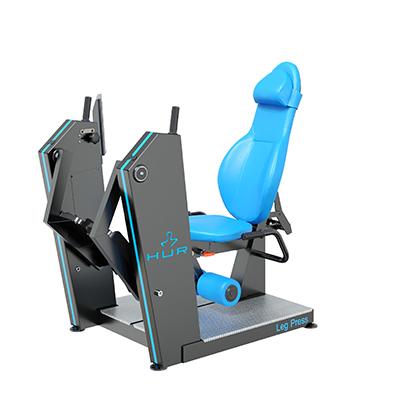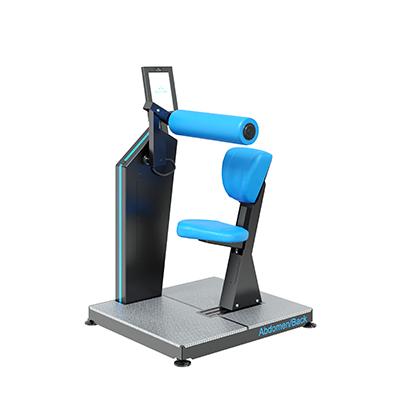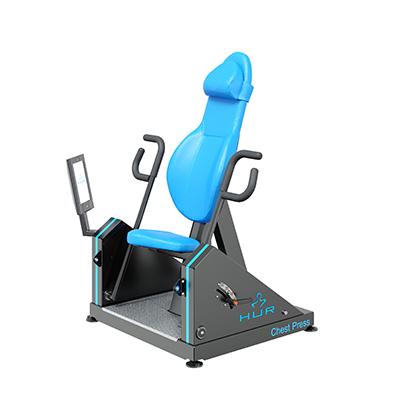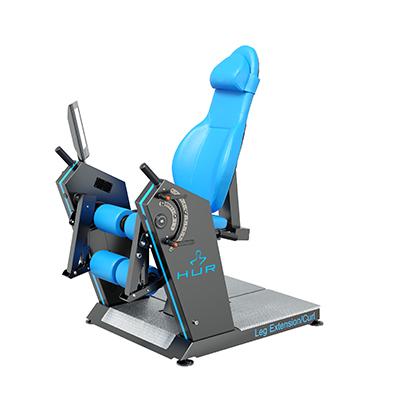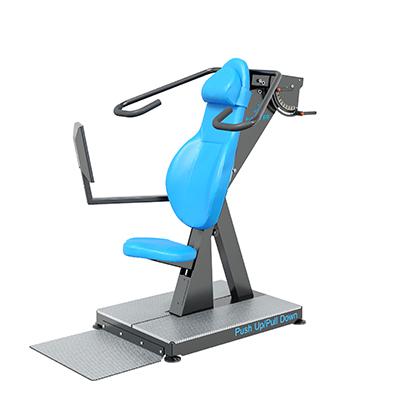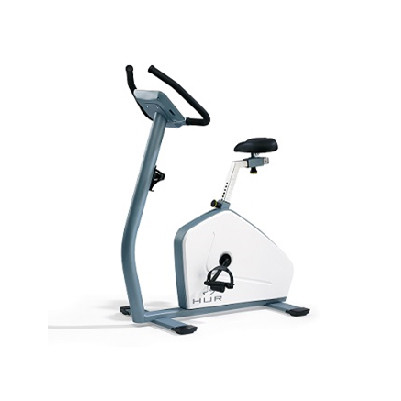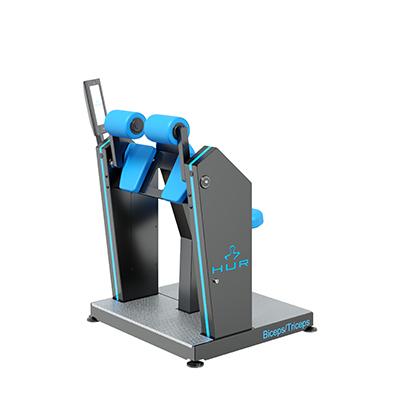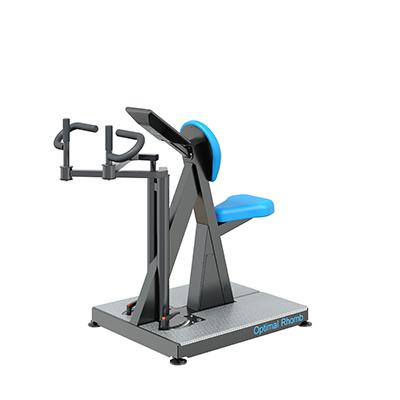HUR MEDICAL CONCEPTS
Type 2 Diabetes
Diabetes mellitus is a group of diseases characterized by high levels of blood glucose resulting from defects in insulin secretion, insulin action, or both. Diabetes can be associated with serious complications and premature death, but persons with diabetes can take measures to reduce the likelihood of such occurrences.
What is Type 2 Diabetes
Type 2 diabetes was previously called non-insulin dependent diabetes mellitus (NIDDM) or adult-onset diabetes. Type 2 diabetes accounts for about 90% to 95% of all diagnosed cases of diabetes. Risk factors for type 2 diabetes include older age, obesity, family history of diabetes, prior history of gestational diabetes, impaired glucose tolerance, physical inactivity, and race/ethnicity.
Long-term risks of having diabetes include retinopathy (loss of vision), diabetic nephropathy which leads to kidney failure, peripheral neuropathy ( foot ulcers that lead to amputations or Charcot joints ), and autonomic neuropathy that causes genitourinary, gastrointestinal, cardiovascular symptoms with sexual dysfunction. Patients diagnosed with diabetes also report increased occurrences of peripheral arterial disease (PAD), atherosclerotic cardiovascular disease and cerebrovascular disease. Other complications include hypertension and severe abnormalities of lipoprotein metabolism.
Facts & Figures of Type 2 Diabetes in Thailand
Diabetes is a growing public health challenge in Thailand with a prevalence of 1 in 10 adult Thais diagnosed with diabetes. It is important to know that this illness is a lifelong problem, without cure but with proper care can be managed. Over time, diabetes can cause other organ problems affecting the heart, blood vessels, eyes, kidneys and nerves.
A research in 2018 has confirmed the increasing prevalence of diabetes throughout Thailand. The study is the first report regarding the national prevalence and trends of diabetes in Thailand for over 10 years. It concluded that the prevalence of diabetes has been increasing during the past decade from 7.7% in 2004 to 9.9% in 2014. In other words, there are over one million more Thai people suffering from diabetes now as compared with 10 years ago.
Facts & Figures of Type 2 Diabetes in Thailand
All the international guidelines aim at achieving and maintain optimal blood glucose, lipid and blood pressure levels to prevent or delay development of diabetic complications. Along with a proper diet, smoking cessation and medical treatment, exercise training and physical activity more generally has been shown to be an important cornerstone in the treatment of Type 2 Diabetes.
Exercise increases energy demand and glucose and fatty acid uptake into active muscles and a greater part of energy is produced from glucose when exercise intensity is increased. In addition to glucose metabolism, regular exercise training and increased daily habitual physical activity have direct effects on several risk factors in subjects with Type 2 Diabetes including increased muscle mass and cardiorespiratory fitness, decreased low-density lipoprotein cholesterol (sometimes called “bad” cholesterol), decreased blood pressure, improved weight management, reduction of symptoms of depression, and improved health-related quality of life.

The HUR Type 2 Diabetes concept helps the health care professional to provide best practice exercise as medicine, based on the latest international treatment guidelines, to help people with Type 2 Diabetes to engage in regular weekly physical activity and to follow an exercise training regimen.

Outcome measures
The maximal isometric strength of big muscle groups can be evaluated by the HUR Performance Recorder for the assessment of side-to-side differences and to document changes in strength after the intervention. The Performance Recorder can be directly connected to all HUR exercise machines, which are equipped with the isometric testing sensor attachment
Role of strength training in treatment of Type 2 Diabetes

Both regular endurance and strength training are important determinants in the treatment of Type 2 Diabetes. Since skeletal muscle is the primary tissue for glucose and triglyceride metabolism and a crucial determinant of resting metabolic rate, the role of strength training is essential. It is necessary to train skeletal muscle groups separately to maximize whole body skeletal muscle fiber recruitment.
Therefore, regular strength training should be an integral part of daily life of persons with Type 2 Diabetes. Strength training in persons with Type 2 Diabetes is feasible, well tolerated, and beneficial.
It is also worth mentioning that, in addition physiological health benefits, strength training is associated with improvements in quality of life
Recommended HUR equipment for treatment of Type 2 Diabetes
MORE INFORMATION
For a free consultation or other information please contact ASG Wellness sales team:
Email: [email protected]
Hot-line: 092-819-1618
Phone: 02-416-1666 (Auto)
Line@: @asgwellness





